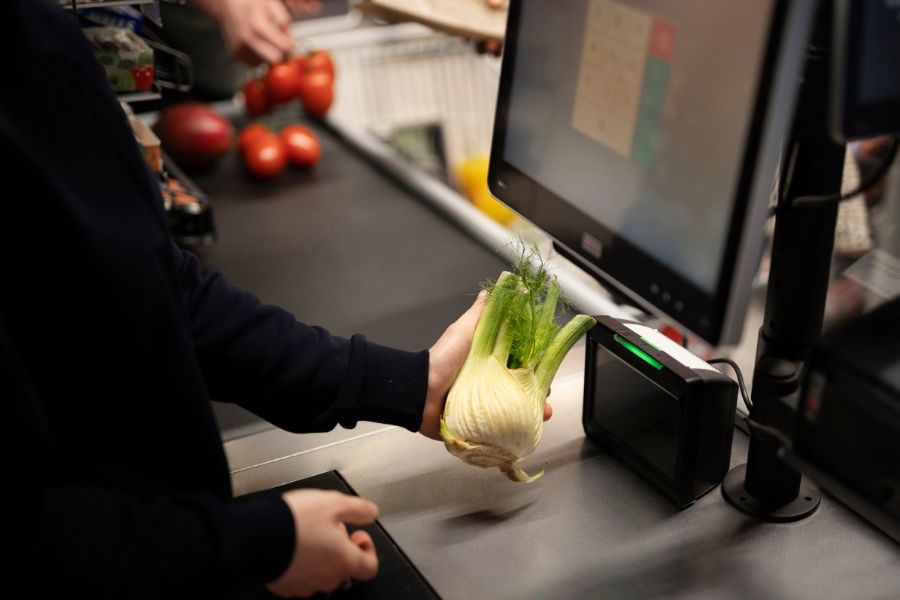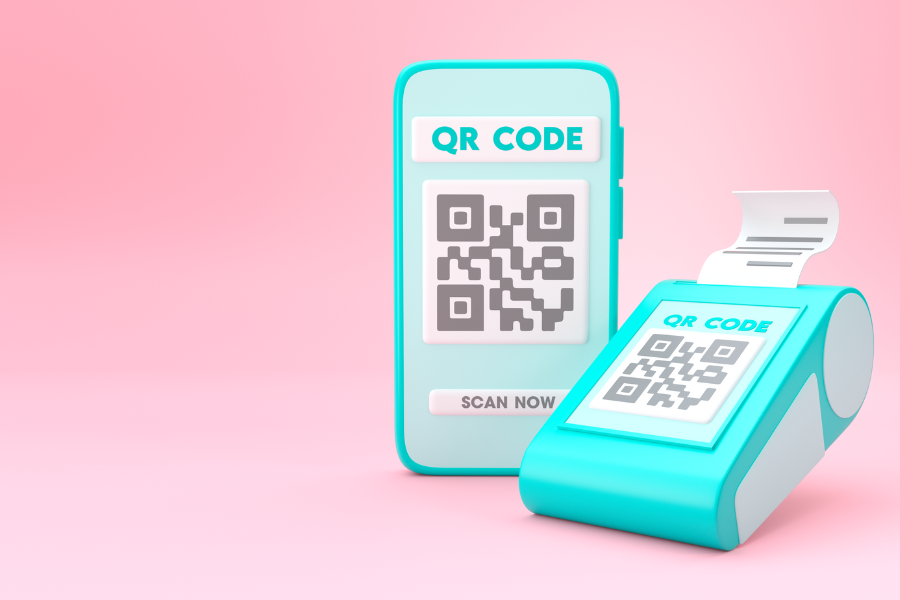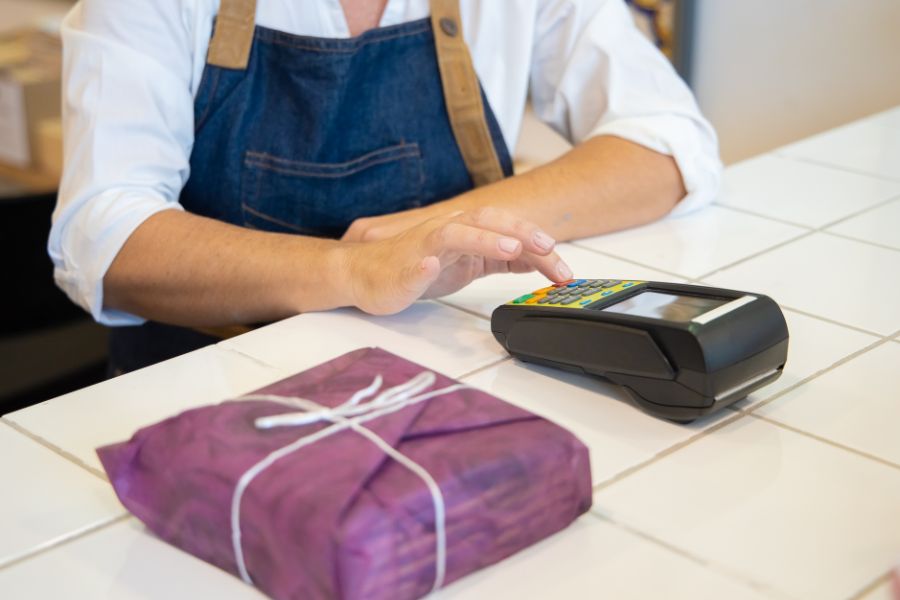E-commerce has been changing the way retailers manage and operate their businesses lately. Especially with the rise of POS (Point of Sale) in omnichannel retail, there is no doubt that POS systems transformation in physical store workflow is becoming more powerful. Today’s article will discuss how POS has impacted offline shops.
What is POS?
Firstly, we need to have a clear understanding of POS. It is the hub of business operations for retailers. In other words, POS is where customers purchase from merchants. As an in-store experience for the omnichannel age has been reinvented, POS is being redefined in a broader sense.
With POS systems, retailers can do so many things, from tracking customers’ purchases and updating records of salespersons to managing inventory.
POS transformation towards the physical store workflow
Customer purchasing habits are being greatly reshaped by digital technology, forcing brick-and-mortar stores to create a certain POS transformation. Below are the 3 strongest impacts that can reform offline store performance.
Seamless checkout process
Checkout is one of the most important parts of an e-commerce buyer’s experience. If the process on POS has too many steps, shoppers will likely not complete the purchase. As a result, it is essential to create a simple, fast, and seamless checkout process.
A POS can make your checkout simple by cutting down unnecessary steps. It can also manage multiple registers since the system connects cross-platform. Checkout will be done in no time since POS is compatible with many devices plus allows various forms of payment.
Omnichannel experience
Omnichannel experience combines the benefits of both physical and digital business. Though it is all about creating a seamless experience for customers, they are not the only ones who benefit. Business revenue will also rise since omnichannel customers spend more per transaction than single-channel customers. Below are some key points to optimize the POS omnichannel experience for your clients.
- Click-and-Collect: This is an omnichannel retail strategy, also known as “buy online, pick up in-store”. By using this, customers can control the pick-up time they want. Furthermore, they could minimize shipping costs by visiting physical stores to collect purchased items.
- Artificial intelligence (AI): Since AI has been largely integrated into the POS system, it would help retailers automatically identify shoppers through face recognition and link them to sales records, as well as generate product recommendations for them.
- Progressive Web App (PWA): PWA is an app-like interface that allows customers access to a full range of products by scanning a QR code. Also, out-of-stock items ordering or self-checkout can be accomplished right on PWA.
Multiple stores and warehouse management
Running a multi-store retail business is a challenging task. However, with the impact of POS transformation on offline business, you will find it achievable.
What you can do for your business right now is to manage it through a cloud-based POS. This enables you to optimize inventory across all locations since all data are synchronized in real-time between online and offline stores. Retailers can switch between stores or warehouses through a POS system to check stock availability at once.
To conclude
POS systems transformed physical store workflow to satisfy both customers and business owners. A well-managed POS system will empower you and your business with the data, technology, and processes needed to succeed. Our ConnectPOS, a cloud-based and feature-rich POS system, can help you meet and exceed all the above expectations. ConnectPOS allows you to manage multiple stores and warehouses easily, maximize the omnichannel experience, and create a seamless checkout process. Contact us now if you’d like to learn more about our 14-day free trial. We are happy to help you begin your digital transformation!
ConnectPOS is a all-in-one point of sale solution tailored to meet your eCommerce POS needs, streamline business operations, boost sales, and enhance customer experience in diverse industries. We offer custom POS with features, pricing, and plans to suit your unique business requirements.




